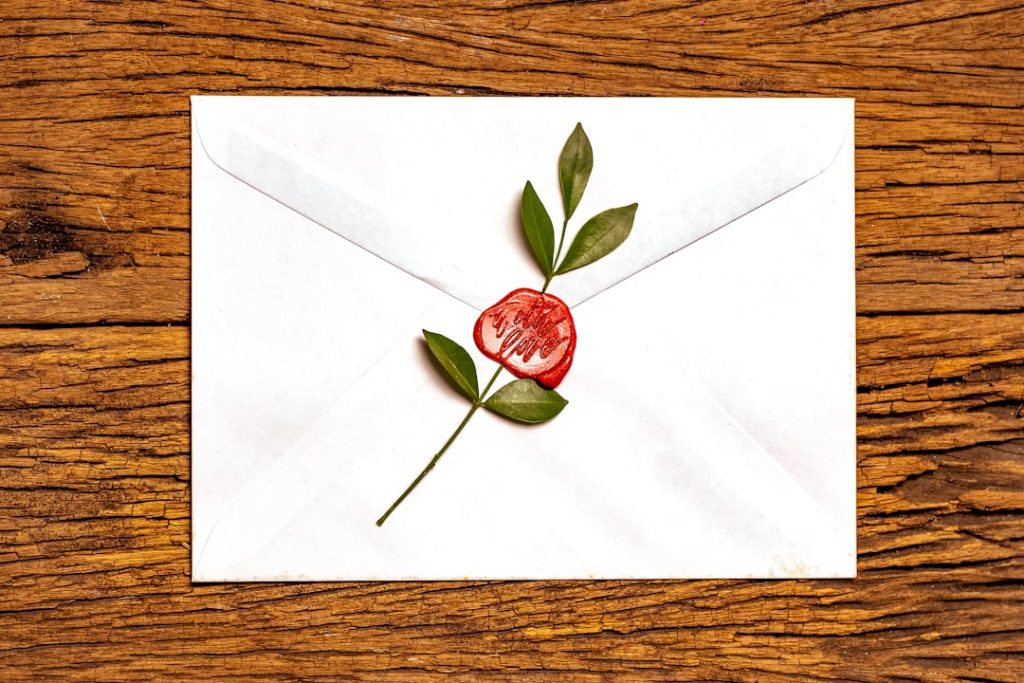In today’s digital world, generic email blasts simply don’t cut it. Your audience is bombarded with messages daily, so how do you stand out? The answer is personalization. For small businesses, personalizing email campaigns can be a game-changer, fostering stronger customer relationships, boosting engagement, and driving sales. But where do you start?
Why Personalize? The Benefits Unveiled
Before diving into the “how,” let’s quickly cover the “why.” Personalized emails show your customers you value them as individuals, not just another name on a list. This leads to:
- Increased Engagement: People are more likely to open and interact with emails tailored to their interests.
- Improved Customer Loyalty: Personalized experiences foster stronger relationships and keep customers coming back.
- Higher Conversion Rates: When you offer relevant products or services based on individual needs, you’re more likely to make a sale.
- Better ROI: Although it requires more effort upfront, personalized email marketing ultimately delivers a higher return on investment.
Getting Personal: Actionable Strategies
1. Segment Your Audience
Segmentation is the bedrock of email personalization. Instead of sending the same message to everyone, divide your subscribers into smaller groups based on shared characteristics. These segments could be based on:
- Demographics: Age, location, gender, income.
- Purchase History: What products or services have they bought before?
- Website Activity: What pages have they visited? What content have they downloaded?
- Email Engagement: How often do they open and click your emails?
- Interests: What topics are they interested in? You can gather this information through surveys or signup forms.
Example: An online bookstore could segment its audience into “Fiction Lovers,” “History Buffs,” and “DIY Enthusiasts,” tailoring book recommendations accordingly.
2. Use Personalization Tokens
This is where the magic happens! Most email marketing platforms allow you to insert personalization tokens into your emails. These tokens automatically populate with each subscriber’s individual information, such as their name, location, or company.
Beyond the Basics: Don’t just stick to “Dear [First Name].” Use tokens to dynamically insert product recommendations, event invitations based on location, or even birthday greetings.
3. Tailor Content to Specific Interests
Now that you’ve segmented your audience and mastered personalization tokens, it’s time to create content that truly resonates. This means crafting different email messages for each segment, highlighting products, services, or information that are most relevant to their interests.
Example: A fitness app could send personalized workout recommendations based on users’ fitness goals (e.g., weight loss, muscle gain, endurance training).
4. Leverage Behavioral Triggers
Behavioral triggers are automated emails that are sent based on specific actions a subscriber takes (or doesn’t take). These are incredibly powerful for personalization.
- Welcome Emails: Greet new subscribers and introduce them to your brand.
- Abandoned Cart Emails: Remind customers about items they left in their shopping cart.
- Re-engagement Emails: Reach out to inactive subscribers to win them back.
- Thank You Emails: Show appreciation for purchases or other interactions.
Example: An e-commerce store could send an abandoned cart email with a personalized discount code to encourage the customer to complete their purchase.
5. A/B Test Your Emails
Personalization isn’t a one-size-fits-all solution. What works for one segment might not work for another. That’s why it’s crucial to A/B test different elements of your emails, such as:
- Subject Lines: Which subject lines generate the highest open rates?
- Content: Which messaging resonates best with each segment?
- Call-to-Actions: Which CTAs drive the most clicks?
- Personalization Tokens: Test different ways to use personalization tokens to see what feels most natural and engaging.
By continuously testing and refining your approach, you can optimize your email campaigns for maximum impact.
Common Mistakes to Avoid
- Being Too Personal: Avoid using information that might feel intrusive or creepy. Focus on providing value and building trust.
- Poor Data Quality: Make sure your data is accurate and up-to-date. Incorrect information can lead to embarrassing mistakes and damage your credibility.
- Ignoring Privacy Regulations: Always comply with data privacy laws like GDPR and CCPA. Get explicit consent before collecting and using personal information.
- Over-Personalization: Sometimes, less is more. Avoid overwhelming subscribers with too much personalization, as it can feel artificial or even spammy.
The Future of Email Personalization
Email personalization is constantly evolving. Technologies like AI and machine learning are enabling even more sophisticated personalization techniques, such as:
- Predictive Personalization: Using data to predict what a customer will want in the future.
- Real-Time Personalization: Dynamically updating email content based on a customer’s current behavior.
By staying ahead of the curve and embracing new technologies, small businesses can continue to deliver highly personalized email experiences that drive engagement, loyalty, and revenue.
Personalizing email campaigns requires effort, but the rewards are well worth it. By segmenting your audience, using personalization tokens, tailoring content, leveraging behavioral triggers, and continuously testing, you can create email experiences that truly resonate with your customers and help your small business thrive. Start small, experiment, and always prioritize providing value to your subscribers. Your email list is a valuable asset; treat it with the care and attention it deserves!
